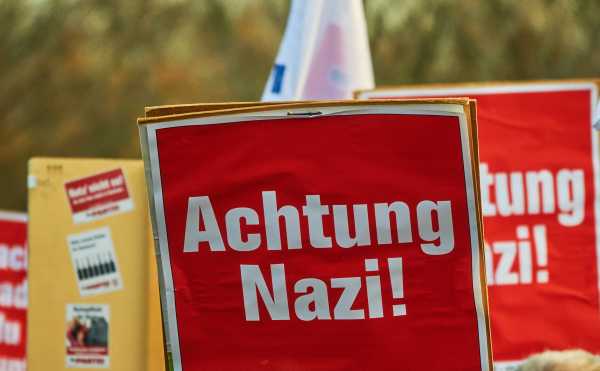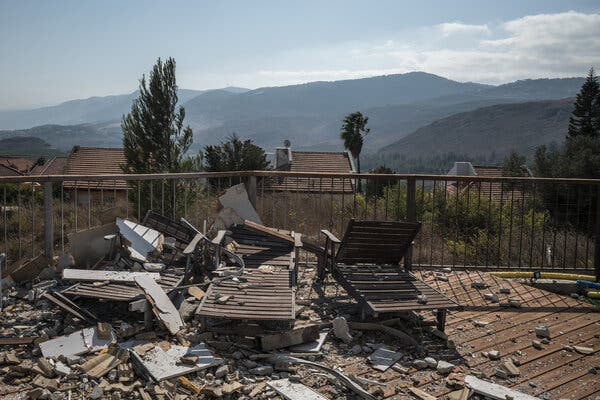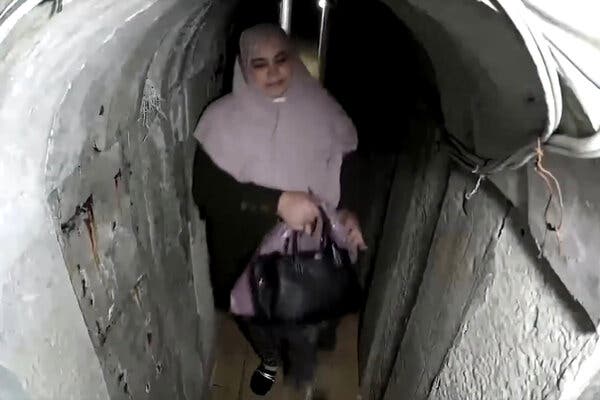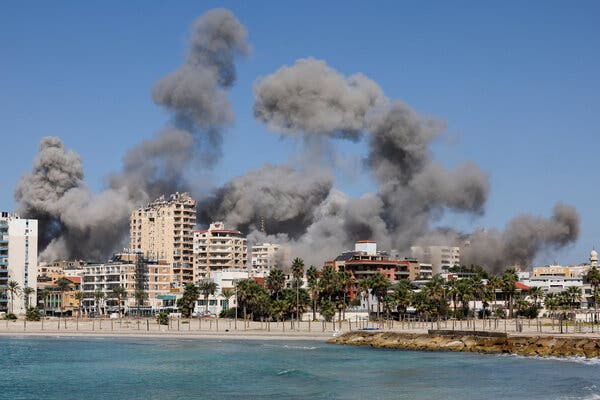
Over the past year, far-right demonstrations have captured media attention. From several protests against COVID-19-related restrictions to disturbing episodes at national legislatures in Germany and the United States, far-right actors have proven their capability to mobilize on the street. However, these demonstrations, as indeed with many far-right protests, are rarely isolated events. They are part of wider campaigns that use demonstrations and other activities to further strategic objectives.
From Opera to MMA: Nationalist Symbolism and the German Far Right
READ MORE
The quality of inertia is a common characteristic. By acquiring the cachet of ritual and tradition, far-right demonstration campaigns grow stronger as they persist. How, then, do these campaigns come to an end? How do they demobilize?
Countermobilization
In an article recently published in Mobilization, I investigate this question. Looking at large far-right demonstration campaigns in Germany, Austria and England between 1990 and 2015 offers a useful cross-section of contexts because the strength of far-right movements varies, as do the measures governments put in place to constrain far-right activity.
The quarter of a century from 1990 to 2015 also marks an important era for far-right activism. A rising tide of far-right mobilization followed the disintegration of the Soviet Union. Particularly notorious is the spike of violence in Germany in the early 1990s. Similarly, the end of 2015 coincided with a shift of far-right activism in Europe. Seismic geopolitical developments, such as the Brexit vote in the UK, the election of Donald Trump in the United States, coincided with specific changes to the context surrounding the organized far right.
Embed from Getty Images
In 2016, the UK banned a far-right group for the first time since World War II, and across Europe, the 2015-16 refugee crisis heralded a new era of far-right mobilization. In total, between 1990 and 2015, there were 32 large far-right demonstration campaigns active in Germany, Austria and England.
The study applied qualitative comparative analysis techniques and found four patterns that account for far-right demobilization. Within the study, the most common pattern is marked by civil countermobilization. This includes cases of social movement organizations and other non-state actors working to stop far-right campaigns. Looking at the cases covered in this grouping shows the presence of other conditions that are relevant to the demobilization outcome.
For instance, the second “Hess Gedenkmarsch” campaign, which occurred in the first half of the 2000s in Germany and honored the memory of Rudolf Hess, a prominent Nazi leader, demobilized only after a new law criminalized glorification of the Nazi regime. The law was certainly spurred on by civil countermobilization, when residents from the location of the campaign in Wunsiedel lobbied national politicians to “stop Nazi glorification.” In this way, civil countermobilization can act as a causal trigger, setting various demobilization processes in motion.
Opportunity Disruption
The second pattern represents coercive state repression in the form of arrests, prosecutions, bans and proscription. In flagrant cases of illegal activity or disruption of public order, the state may intervene to stop the far right. However, when it comes to campaigns that are innocuous enough to avoid state repression, eschewing blatantly fascistic displays and not inciting unrest, state repression is rare. It is uncommon even in Germany, where its “militant democracy” principle is configured to defend against the perils of far-right mobilization.
The third pattern reflects a phenomenon familiar to social movement activists and researchers: closing opportunity. New laws or changes to the surrounding (enabling) context can stop or deter far-right campaigns. In Austria, for example, commemorations in Ulrichsberg used to honor Wehrmacht and SS soldiers with state support. The Austrian army participated in the ceremonies and state subsidies supported transport to the memorial site.
But participation shrank dramatically to only a few hundred by 2015, after the state withdrew support and stopped the army from taking part. Notwithstanding the decisiveness of state action, non-state actors were important. The Working Group against the Carinthian Consensus began problematizing and counterprotesting the event several years before the national government intervened.
The final pattern covers cases of militant action against the far right. Non-state actors applying coercive measures — physical confrontation and violence, blockading far-right march routes or event venues, etc. — can disrupt and ultimately demobilize far-right campaigns. However, cases representing this pattern suggest brawling, bashing and “punching a fascist,” and are perhaps not the most effective approach.
Instead, blockades are a common and evidently powerful tactic. Indeed, much has been written about this tactic, particularly among German activists opposing far-right groups. Some research suggests that confrontational tactics, whether blockades or more direct coercion, are counterproductive as they confirm the “stereotype threat” of far-right activists.
Embed from Getty Images
Yet militant anti-fascist activists tend to take a dim view of prospects for persuading far-right activists away from their prejudices. Rather, they assert firmly that far-right organizing must be stopped. Notwithstanding qualms and moral objections about the methods, the militant action pattern suggests that these tactics can stop the far right.
These patterns confirm that there are many means of demobilizing the far right. Most striking, though, is the importance of non-state actors. Sometimes, their actions alone are enough to demobilize far-right campaigns. At other times, state intervention is key, but non-state actors often spark and spur on state action. This point is especially relevant in England and Austria where, for different reasons, the state is reluctant to act against far-right demonstrations.
But even in Germany, where specific legal instruments exist and political actors are often willing to use them against the far right, non-state action is vital to problematize and resist far-right campaigns. Given the resilience of far-right scenes in these countries and beyond, non-state actors must remain able and ready to countermobilize against far-right demonstrations that menace state and society alike.
*[Fair Observer is a media partner of the Centre for Analysis of the Radical Right.]
The views expressed in this article are the author’s own and do not necessarily reflect Fair Observer’s editorial policy.
Source: fairobserver.com



